HashMap normally replace it value with latest one. But a article i read mentioned it as it keeps a linked list if duplicate values add.
Read the "What will happen if two different objects have same hashcode"
But i did not find even ConcurrentHashMap not maintain such a list?
What collection maintain duplicates in a list and if so how to identify the relevant object using get("key") method?
